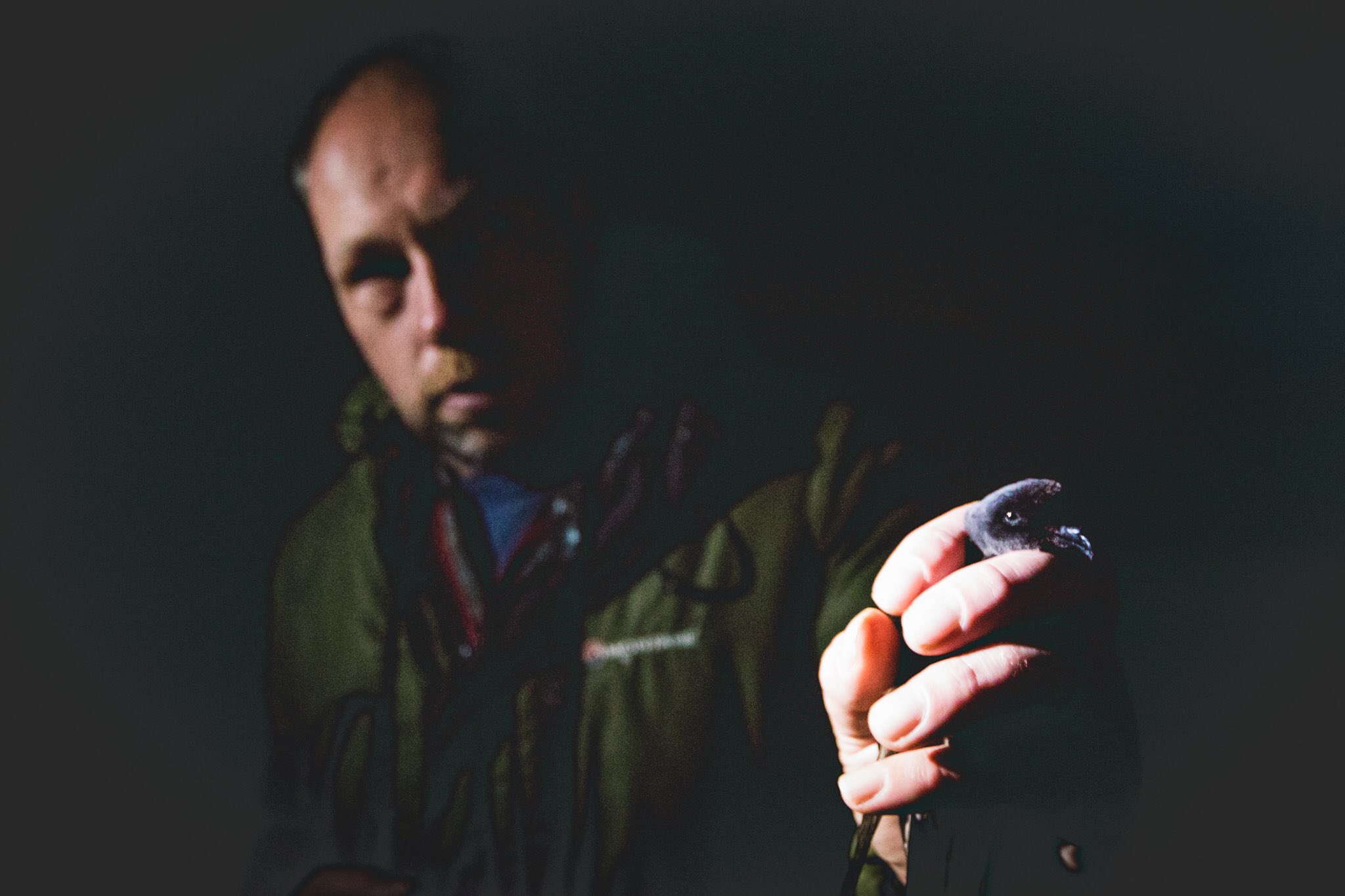Before I got down to the patch, I had to go to Cresswell for a meeting for my second job, as I was getting ready to leave, a message arrived saying that a white-billed diver had been tracked up the coast and had just gone north at Seaton Sluice. I made quick progress to Cresswell Ices car park, as it was reported at Newbiggin, and set up my scope, no news came from Snab Point... and then I got onto a large diver heading towards to me, it was headed my way until I lost it in the breakers and it didn't re-appear, had it landed? I scanned but couldn't find it then a second diver appeared, this one was closer, just beyond the breakers. It was tricky to do much with until it got level with me and I got great views of it, the very pale, upturned bill was obvious in the sunshine. It passed by all too quickly. I presume the first bird that ditched onto the sea was great northern diver, but I never re-found it.
If I hadn't been going to a meeting, I probably could have had it on the patch but it would've been tight and given that this was a new bird for the world for me, I probably did the right thing.
I eventually made it down to the patch for a seawatch just after 2pm and was in my seat by ten-past.
 |
| seawatching seat |
The first bird I saw was a drake scaup headed north but it seemed to be very quiet with hardly any birds moving other than gulls. There certainly wasn't the variety that other seawatchers had enjoyed in the morning, with no skuas or shearwaters recorded. The highlights were four long-tailed ducks, which included a stunning drake that landed on the sea in front of me, a single little auk, which was put nicely into perspective when two guillemots motored north, dwarfing it as they passed it and two groups of whooper swans. other ducks included common scoter, wigeon, eider and 39 goldeneye. A flock of at least 50 twite flew north along the dune front.
The seawatching wasn't frenetic but the light was nice - here area few iphone shots. By 4pm the light was starting to go but I persevered until ten-past to get the two hours in.
 |
| Another busy day on Druridge Bay |
 |
| Looking south |
 |
| Looking north |
 |
| My view |
 |
| Sunset |
Seawatching totals 14:10 - 16:10 (excluding gulls) - all north
Scaup 1M
Goldeneye 39
Long-tailed duck 4
Gannet 5
Guillemot 7
Razorbill 1
Eider 10
Wigeon 7
Red-throated Diver 8
Common Scoter 4
RB Merganser 2
Whooper Swan 21 (eight and 13)
Little auk 1
Shag 1
Twite 50+
Pied Wagtail 2
Snow bunting 1 (heard only)
Sanderling 14 (on the beach)














































